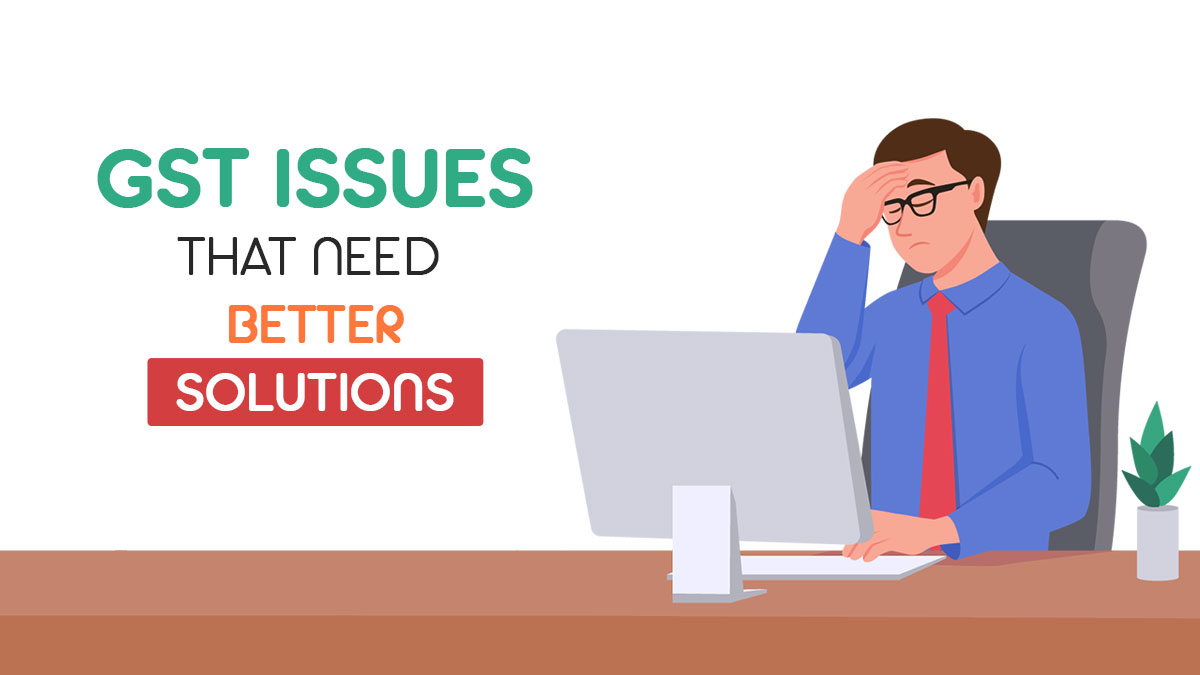
GST was a complete overhaul of the existing taxation system in India. Powered by the GSTN Network, it was India’s first big step toward a true digital economy. However, it has been almost several months since its introduction and the GST regime has had its fair share of roadblocks. In response to the plight of the taxpayer and business communities, the GST Council has been forced to make amendments coupled with regular circulars and press releases.
The media has been harsh at times, but the Central Government deserves a pat on the back for the bold move. This does not mean that the GST is now error or glitch-free. The road ahead promises a bumpy ride for the Indian Taxpayer. The GST Council needs to make sure that it immediately takes into account the following five debatable and tricky points. The points below if eased, can ensure a great tax solution for the taxpayers and the Indian Public at large.
GSTN Issues: Problems and Their Solutions
Dubious Anti-Profiteering Law
Other GST nations had witnessed immediate inflation and price rise post-GST implementation. To avoid any such mishap, the Government of India had initiated a number of anti-profiteering measures. Clause 171 of the GST Act was meant to check price swindling and pass on the benefits of reductions in tax rates or input tax credits to the common man/taxpayers.
However, not all has gone as planned. The Anti-Profiteering law appears crystal clear and easy on paper. But the process for the evaluation of the profits transferred to the taxpayers is still not in place. Anti-profiteering forces extra maintenance/ operational cost on manufacturers and vendors.
Not all may be willing and able to bear the increased upfront cost. A clear method for assessing the GST benefits is still not in place. The law it appears, performs only on paper and willingly compromises on actions. Honest taxpayers and vendors stand to lose the most from such a compliance burden. To ensure anti-profiteering, the entire manufacturing chain has to be monitored and mapped on a regular basis. This can be an uphill task for taxpayers and Authorities alike.
GST on Supplies without Consideration
Business Transactions are complex, and GST at times makes it painful too. Supplies done without consideration are now taxable under GST. The following transactions carried out even without consideration will attract GST.
- The transaction between related parties.
- The transaction between two or more offices of the same parent company.
- Transactional activities between the employer and employee.
Let’s consider the following example…
Akshay starts a company, XYZ and hires a staff of 200 people. He buys a laptop for each of his staff at Rs. 35000 for each laptop. XYZ pays a GST amount of 12,60,000 on the purchase of laptops. The ITC was availed by XYZ. However, three years down the line, as per company policy, the laptop’s ownership gets transferred to the respective employee. XYZ, owned by Akshay, will now be liable to pay GST for the laptops.
Similarly, the supply of goods between the Principal and his agent will conversely attract GST. In addition to the above, an Assessment by the Tax Authorities will further increase the zero ITC levied tax liability on the taxpayer.
Reverse Charge Mechanism
The GST Council was contemplating taxing all purchases made by individual taxpayers/firms, etc, from non-GST-compliant personnel. This would have brought all commercial transactions under the GST umbrella. Although the move would increase tax revenue, it would put unprecedented compliance strain on buyers/taxpayers.
It would surely mean the final nail in the coffin for small vendors post the demonetization setback. Registered GST dealers and business firms may refrain from doing any transactions with small and non-registered vendors under GST. The GST Council will surely keep the plight of the buyers in mind before rolling out the reverse charge amendment in the near future.
Complex Error-Prone Tax System
The GST, which was put into practice on midnight of July 01st 2017, was a far cry from the projected one nation one tax theory. The GST Council cannot be solely blamed for it, though. The complex Indian Federal structure meant that GST would constitute 3 tax components viz. IGST and CGST are under the control of the Central Government, and SGST is under the control of the respective State Government.
Add to it the variable tax slabs, and you wonder where it’s all heading to. However, there is one technical glitch that concerns the Government’s claim of an easy online digital tax system. This is the fact that initially, any tax paid under the IGST head instead of CGST and SGST could not be re-adjusted. The taxpayer is compelled to repay the tax under the correct head.
Although a tax refund can be claimed later, the refund process in sync with normal government services, is tedious and blocks working capital of the business firm/individual for a considerable amount of time. The government can surely hire technical resources capable enough to remove this glitch.
Advance Rulings
The computer literacy rate in India is about 6% only. This is not just a concern but a major setback when you consider the fact that the backbone of GST is the GSTN. Digital India has been at the backdrop of all major policies run by the present government. And it is the right step ahead when you consider the global shift in administrative solutions, including the tax on internet platforms. However, a common trader in India has to shell out Rs. 5,000 to apply for an Advance ruling through the FORM GST ARA-01. Is this not a very high cost when we consider the computer literacy rate? Also, the authority has the right to dismiss or respond to the ruling.
In addition to this, the ruling authorities change with state borders. There is a good amount of probability that there would be conflict in the orders issued by the various state authorities on the same issue over different time frames. Also, the judicial process has to be fast-tracked to avoid unnecessary piling of cases on the already burdened Apex Court. The ruling must be in sync with the one nation one tax tagline of the GST regime.
Other than that, there are also Portal and technical issues that need immediate solution:
- System overload and glitches: The GSTN website often runs slow, crashes, or goes down, especially when lots of people are trying to file their returns at the same time. Even though it handles a huge amount of data, the system has had problems since it started.
- Hard-locking GSTR-3B: From July 2025 onwards, the system will automatically fill in the sales details in the GSTR-3B form using data from GSTR-1, and users won’t be able to change these numbers. If the automatically filled information is wrong, it could cause big problems.
- DSC and login problems: Many taxpayers have trouble because their Digital Signature Certificate (DSC) isn’t recognised or doesn’t match the authorised person’s details, which stops them from logging in or submitting their returns.
- E-way bill glitches: Since the e-way bill system started, it has sometimes issues, like not working properly or not generating bills during busy times, which causes delays in moving goods.
Problems with Input Tax Credit (ITC) Reconciliation
- Mismatch Issues: There are often differences between what sellers report (GSTR-1) and what buyers report (GSTR-3B). This causes problems for businesses. A new system called the Invoice Management System (IMS) was introduced in late 2024 to help fix this by improving communication between buyers and sellers, but it still needs some time to work well.
- Strict Time Limits: The law sets a strict deadline for claiming ITC. Many people feel this rule is too harsh and can punish buyers for honest mistakes made by their suppliers, causing them to lose credits they rightfully deserve.
- Blocked Credit Due to Supplier Issues: If a supplier doesn’t file their returns or is declared invalid, the buyer’s ITC is blocked. Taxpayers think the government should recover taxes from the seller, not penalise the buyer who already paid the tax.
Compliance and Procedural Challenges
- No way to Fix Returns: One big issue is that taxpayers can’t correct mistakes in their GSTR-3B returns. Even small errors can lead to tax notices and disputes since there’s no official way to make corrections.
- Too Many Notices: Many taxpayers get a lot of notices from the tax department for minor errors or system glitches. This has led to more legal battles and higher compliance costs, which goes against the goal of making business easier.
- High Compliance Costs for Small Businesses: Small and medium businesses find GST compliance expensive and complicated. They often need new accounting software and professional help. Though recent tax rate simplifications have helped, the overall process is still difficult.
Legal and Systemic Concerns
- Delays in Appeals: The GST Appellate Tribunals are not fully working, causing a huge backlog of cases. This leaves many businesses waiting a long time for their disputes to be resolved.
- Interest on Past Tax Dues: Although the law now charges interest only on the net tax due, there are still disagreements about interest charged on the gross tax amount for delayed returns in the past.
- Refund Delays: Exporters and businesses with complex tax setups still face slow GST refunds, which hurts their cash flow. The new “Next-Gen” system promises faster and automated refunds, but it hasn’t been fully implemented yet.
Conclusion: In conclusion, we can say that GST in India is still in its teething stage. The GST Council with its regular amendments and at times forced changes gives the impression that the Government is still riding on the learning curve. As of now, the Government must ponder on the above tricky and debatable points to ensure that the future generations will term India’s second tryst with destiny a resounding success. For GST to really etch itself in the pages of History, the Government must very proactively tend to taxpayers grievances and provide an easy to use digital tax solution for the Indian Diaspora.



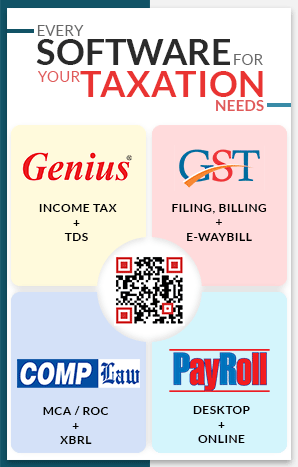
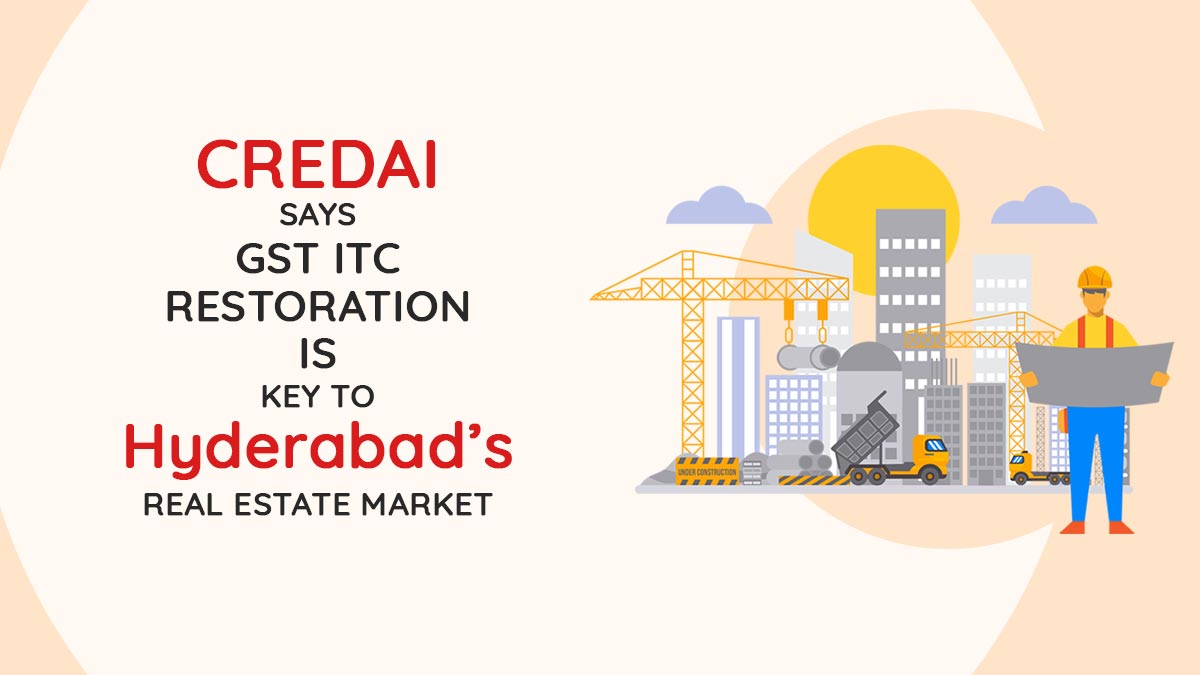
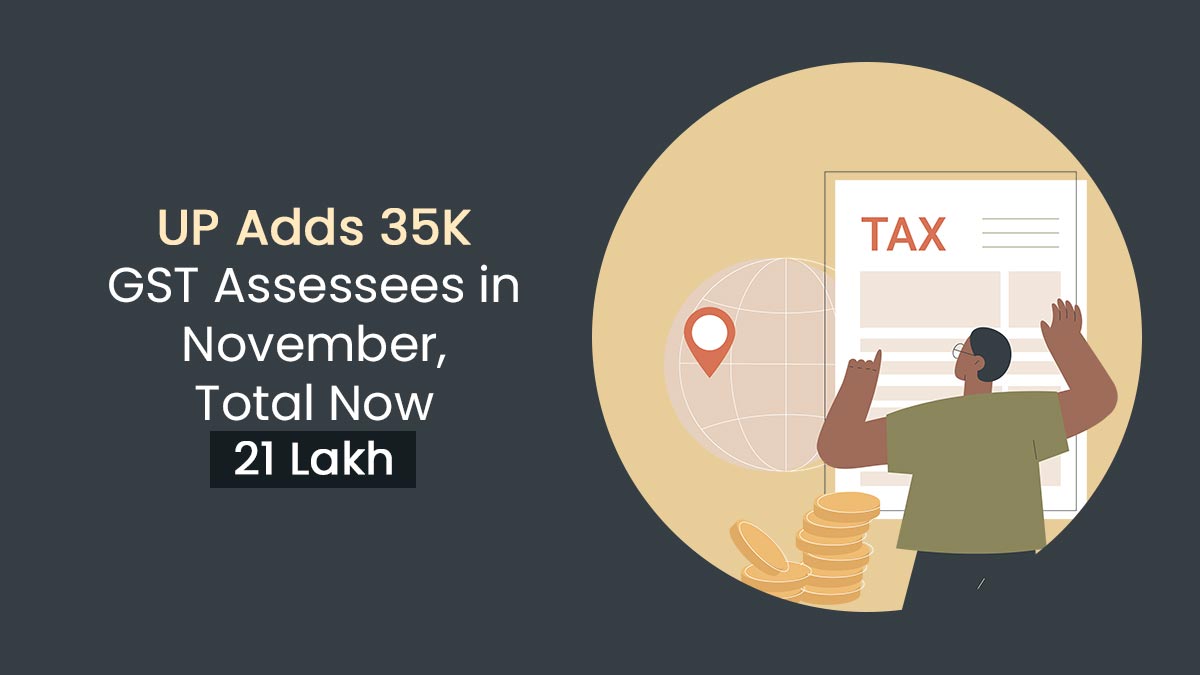
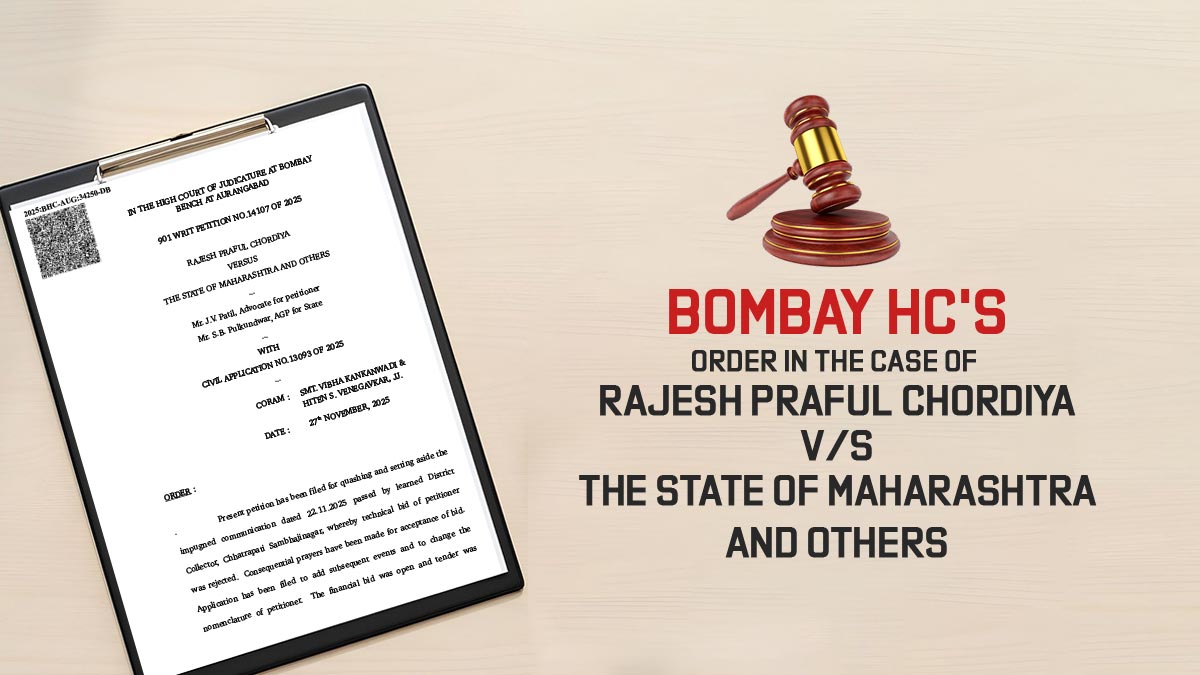
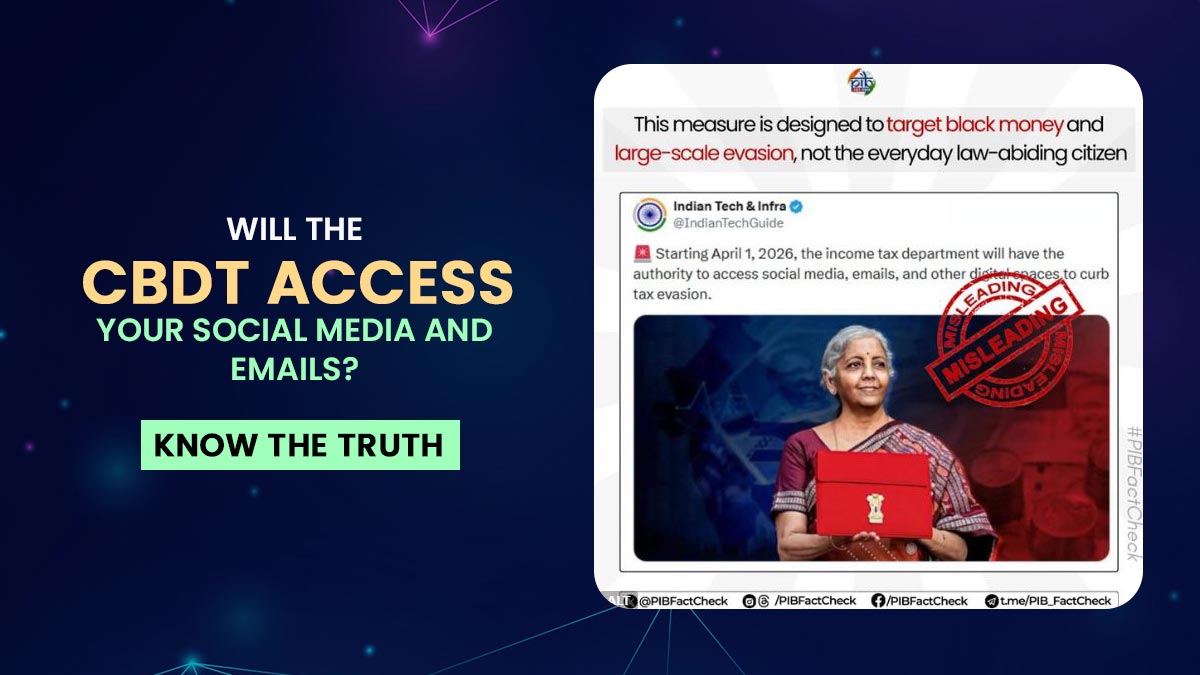
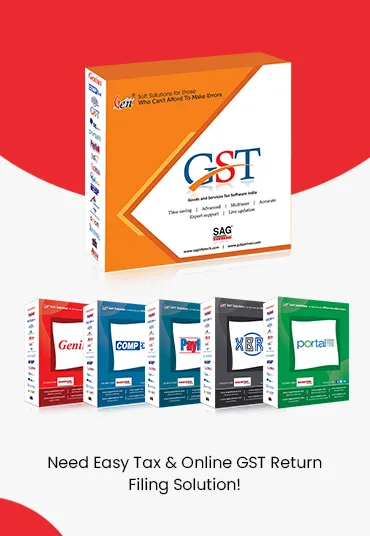
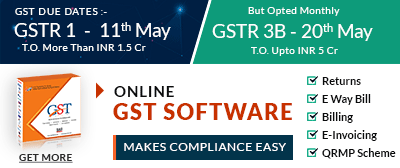
Invoice matching is a transparent and wonderful measure to avail credit, why it is still not stabilizing? Whether GSTIN portal can give more information in 2A to help the assessees, particularly those having many Branches.